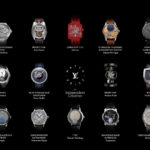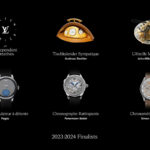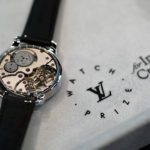Louis Vuitton Announces Semi-Finalists for 2026 Independent Watchmaking Prize
Twenty watches from eight countries.
The second edition of biennial Louis Vuitton Watch Prize for Independent Creatives is now well underway, and the 20 semi-finalists have been announced. The candidate pool is exceptionally diverse, with makers hailing from eight different countries and espousing a variety of different product philosophies.
The watch prize is the brainchild of Jean Arnault, who leads Louis Vuitton’s watchmaking initiatives. A passionate supporter of independent watchmaking, Mr Arnault created the watch prize in 2023 to recognise talented watchmakers and designers and give one lucky winner a helping hand.
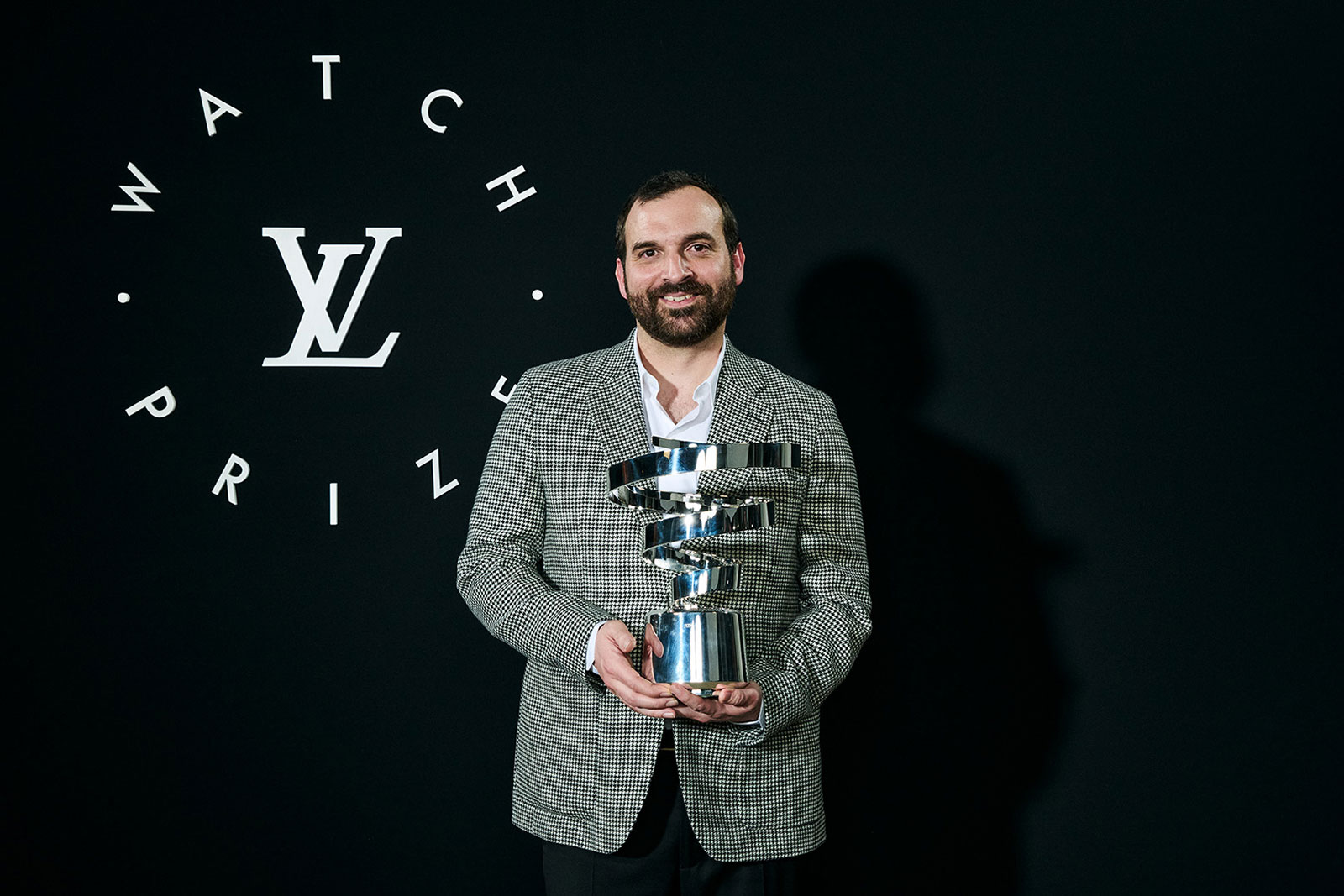
Raúl Pagès won the first edition of the watch prize. Image – Louis Vuitton
Initial thoughts
I try not to put too much stock in the various prizes that are handed out in the watch industry. Many such contests suffer from a lack of participation, a problem that makes it difficult to take the results seriously. That said, it’s worth paying attention to the Louis Vuitton watch prize for a few reasons.
First, it’s unusually inclusive, welcoming entrants from all over the world, ranging from journeymen watchmakers like Bernhard Zwinz and David Candaux to emergent Chinese brands like Behrens and Fam Al Hut. Second, the candidate pool is not sub-divided into arbitrary categories, meaning there’s plenty of competition to keep things interesting. Finally, the outcome is meaningful – the winner gets a €150,000 cash prize and a one-year mentorship at La Fabrique du Temps with Michel Navas and Enrico Barbasini, tailored to their needs.
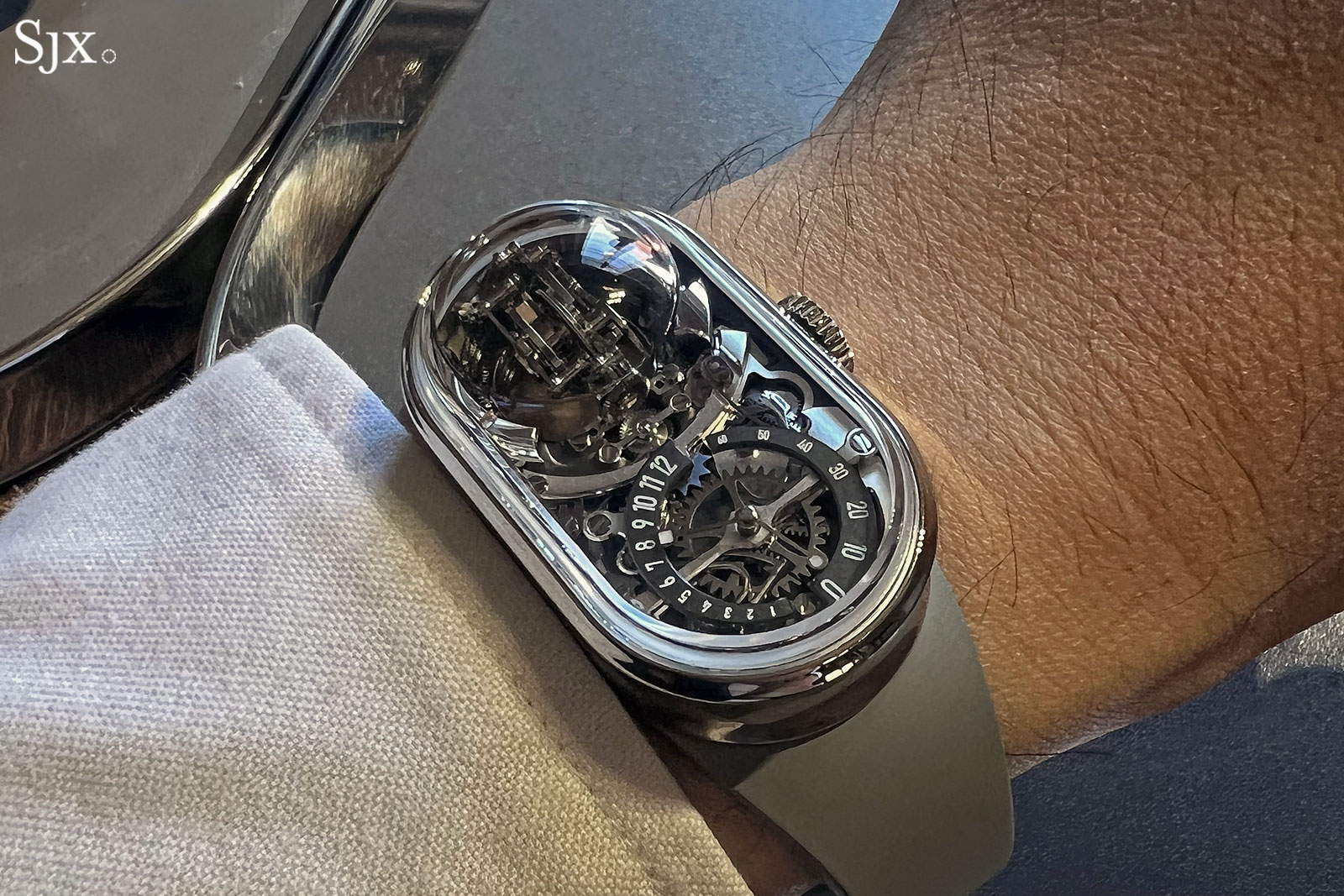
The Fam Al Hut Möbius features a double-axis tourbillon in a compact lozenge-shaped case.
The requirements for entry are simple and transparent; anyone can enter as long as they have a finished, working example by the application deadline, which was April 15, 2025. The submissions must be mechanical objects, not quartz, and entrants can submit just one model for consideration.
It’s also worth noting that the submitted entries do not need to be new creations. This helps explain why one of the semi-finalists this year is Petermann Bédat, which submitted the latest version of the time-only 1967 Seconde Morte, which debuted in 2020, about three years before the release of their 2941 monopusher split-seconds chronograph that was a finalist for the inaugural watch prize last year.

The beautifully finished and engaging Seconde Morte mechanism in the Petermann Bédat ref. 2941.
Another reason to take the award seriously is the fact that the committee made the right decision last year, crowning Raúl Pagès’ RP1 as the winner. Granted, this is a sample size of one, but it bodes well. By awarding the prize to an artisanal, low-volume watch like RP1, the committee signaled it wants to be taken seriously as a cultural force in independent watchmaking, and is interested in more than just deal flow for LVMH’s next acquisition.
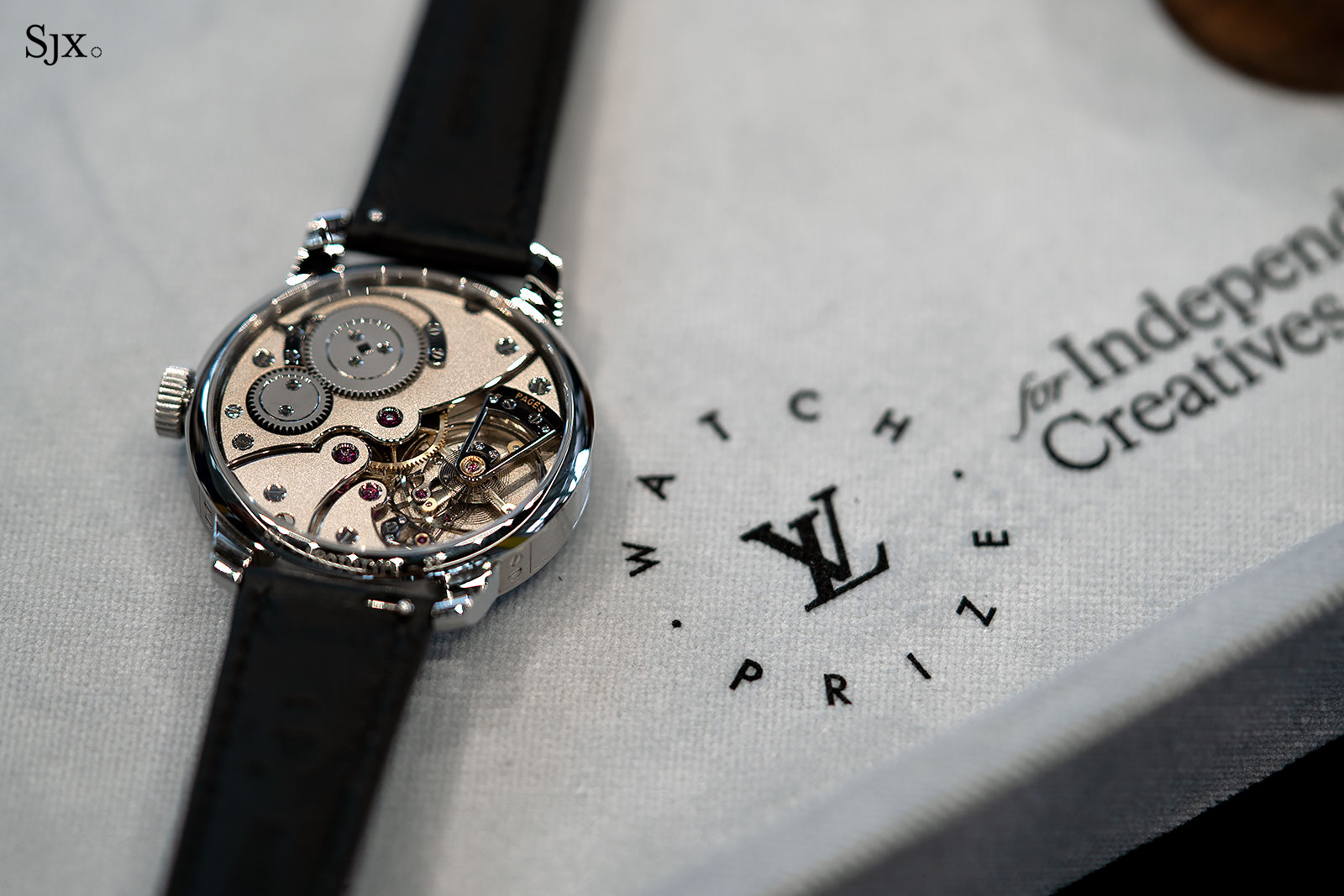
Last year’s winner, the Raúl Pagès Régulateur à détente RP1.
Eight countries represented
The list of semi-finalists is internationally diverse, with makers coming from not just the usual suspects like Switzerland, Germany, and Japan, but also from countries like Russia, France, China, Australia, and the United States.
As ever, many candidates submitted high-end time-only watches with excellent finishing. Watches like the aforementioned Petermann Bédat 2941, J.N. Shapiro Resurgence, Auffret Giverney, and Masa & Co. Sohkoku are undeniably impressive and approach the time-only format with evident love for the craft, but it’s increasingly hard to stand out from this crowded field.
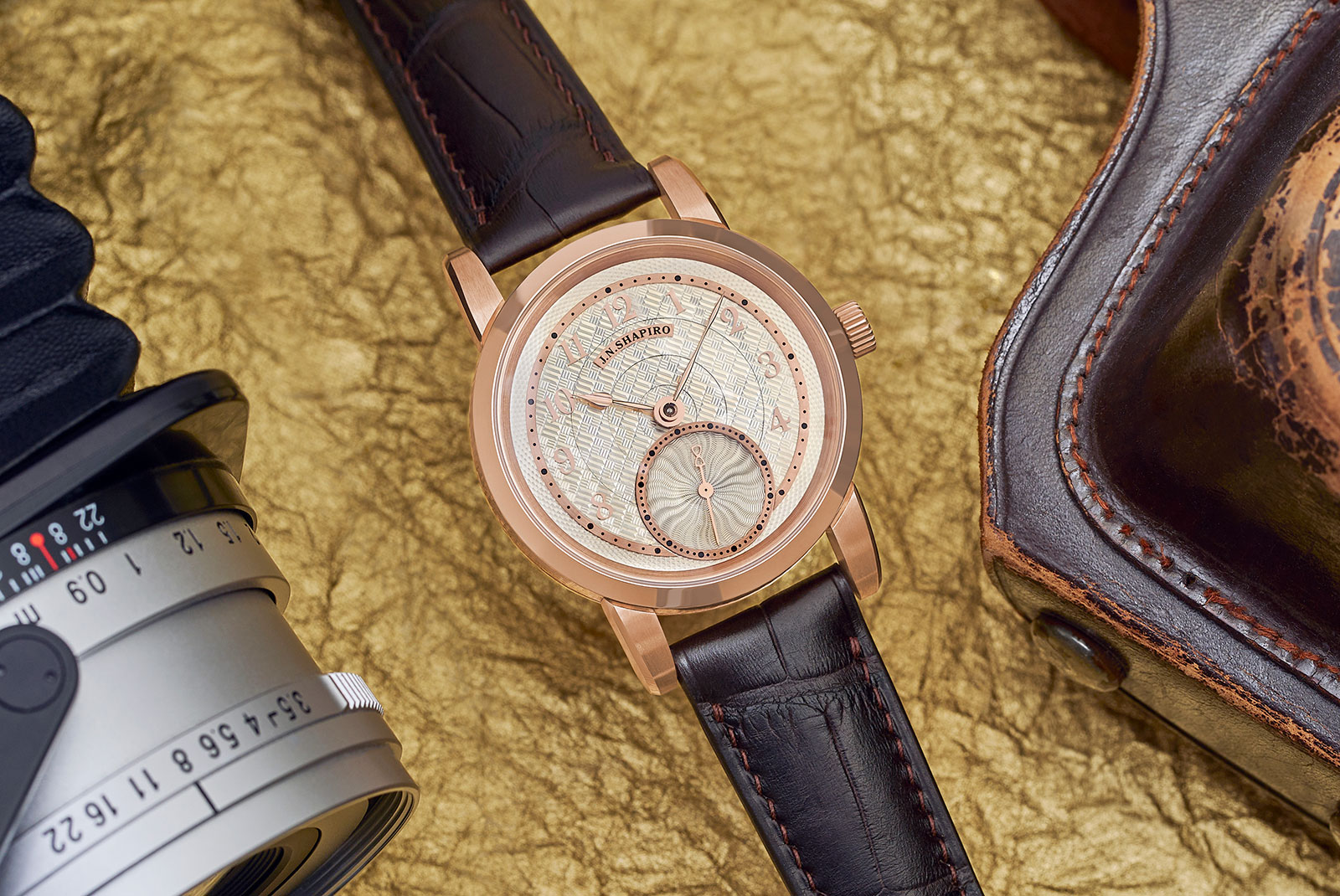
JN Shapiro is doing more than anyone else to build a vertically integrated manufacture in the United States.
Perhaps for this reason, the semi-finalists that caught my attention are those with some kind of complication, like the Fading Hours from Quiet Club, the chiming School Watch from Hazemann & Monnin, and the St. Petersburg Easter Egg Tourbillon Clock from Anton Suhanov.
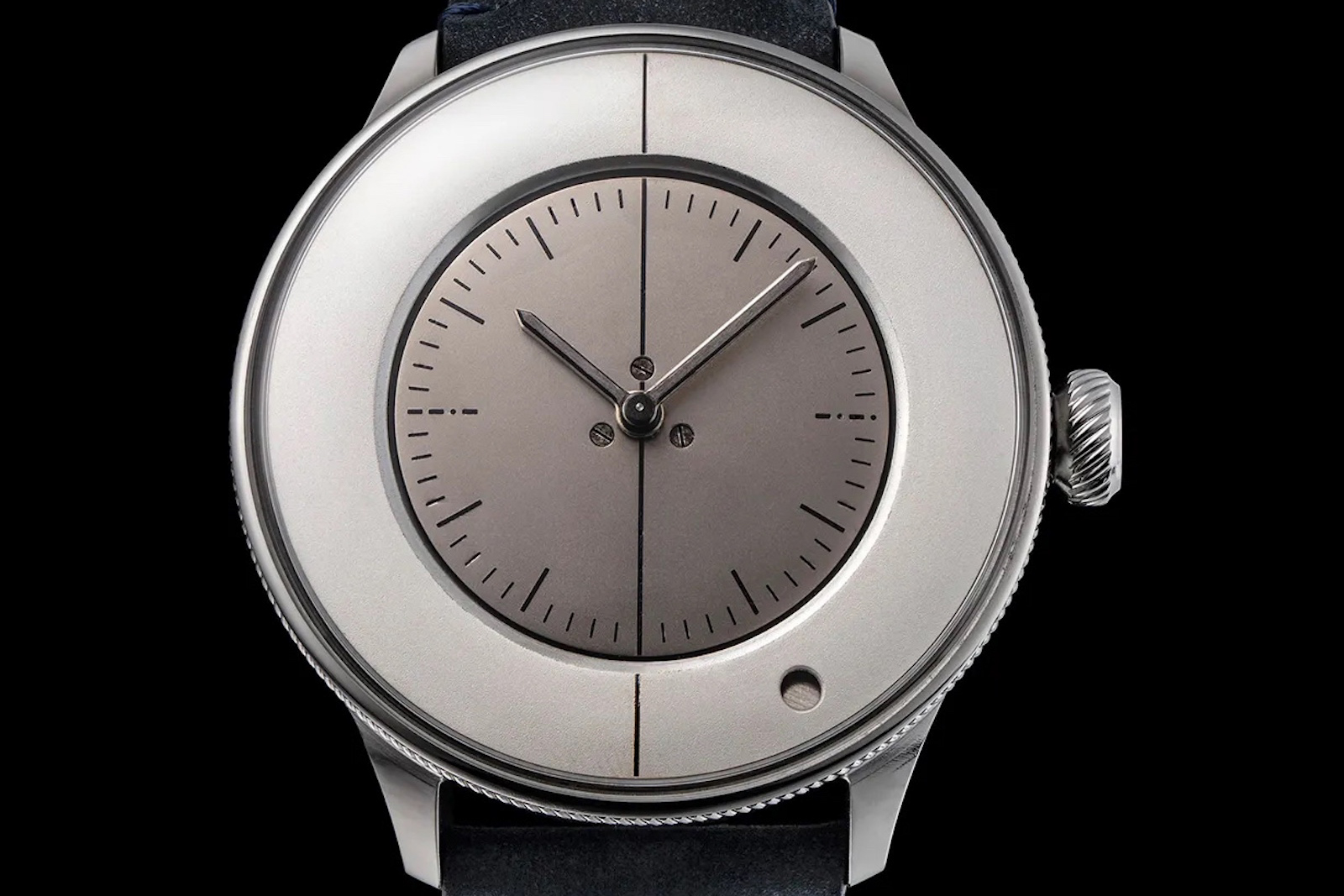
The Quiet Club Fading Hours. Image – Louis Vuitton
Quiet Club is a small-scale Tokyo-based brand that recently introduced the Fading Hours, a novel approach to the alarm complication that avoids the frantic ringing common to the category.
The watchmaker behind Quiet Club is Norifumi Seki, who completed his first watch, a pocket watch with a spherical moon phase, at age 23. Mr Seki would go on to win the F.P. Journe Young Talent Competition in 2020, before founding Quiet Club with HK Ueda and Johnny Ting.
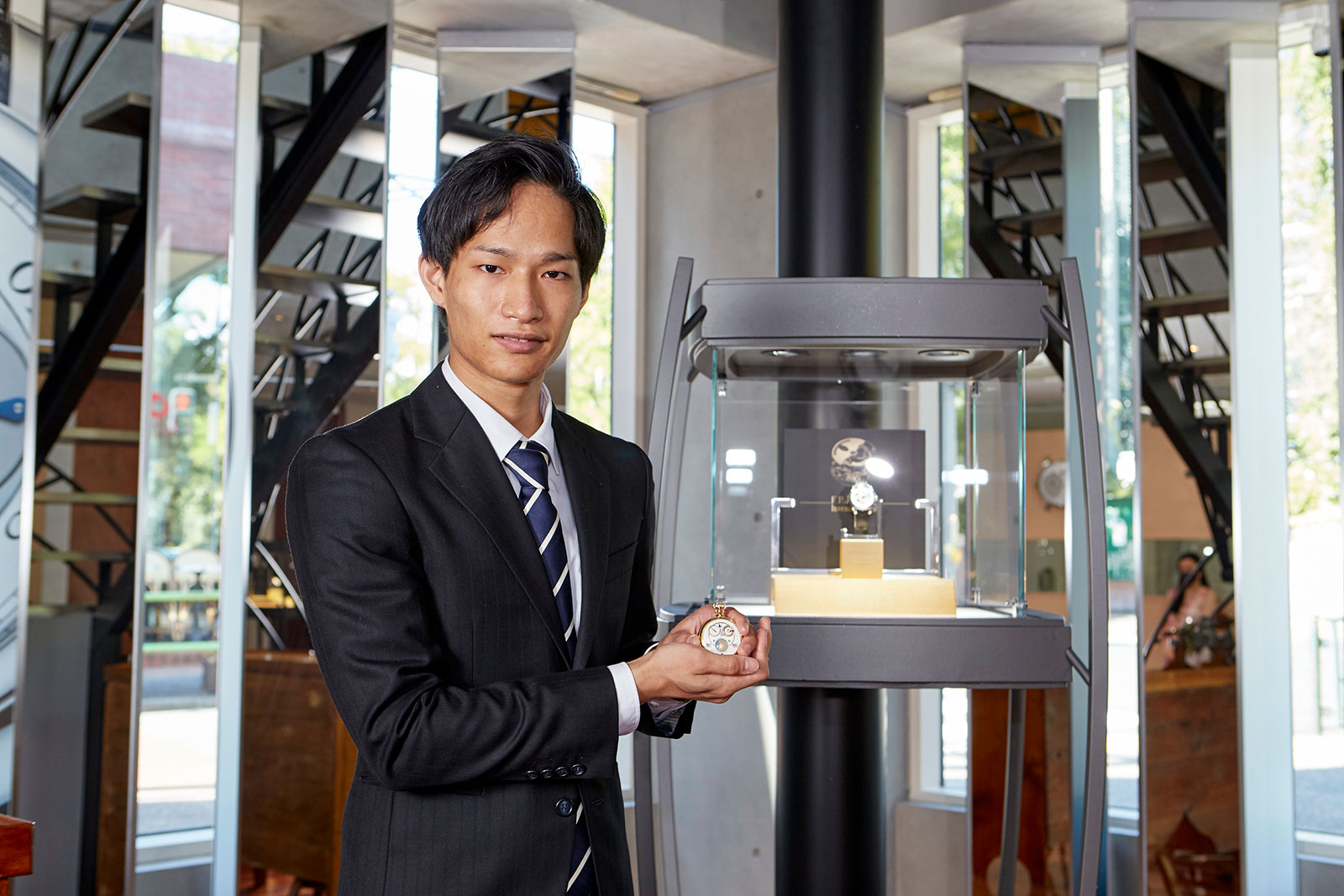
Norifumi Seki. Image – F.P. Journe
The Fading Hours is interesting because of its dial-side gong and mechanical governor that slows down the pace of the strikes, similar to that of a minute repeater. Despite its complexity, the Fading Hours offers artisanal finishing with several pleasing details, like a grande sonnerie-style winding click and contrasting, frosted textures.
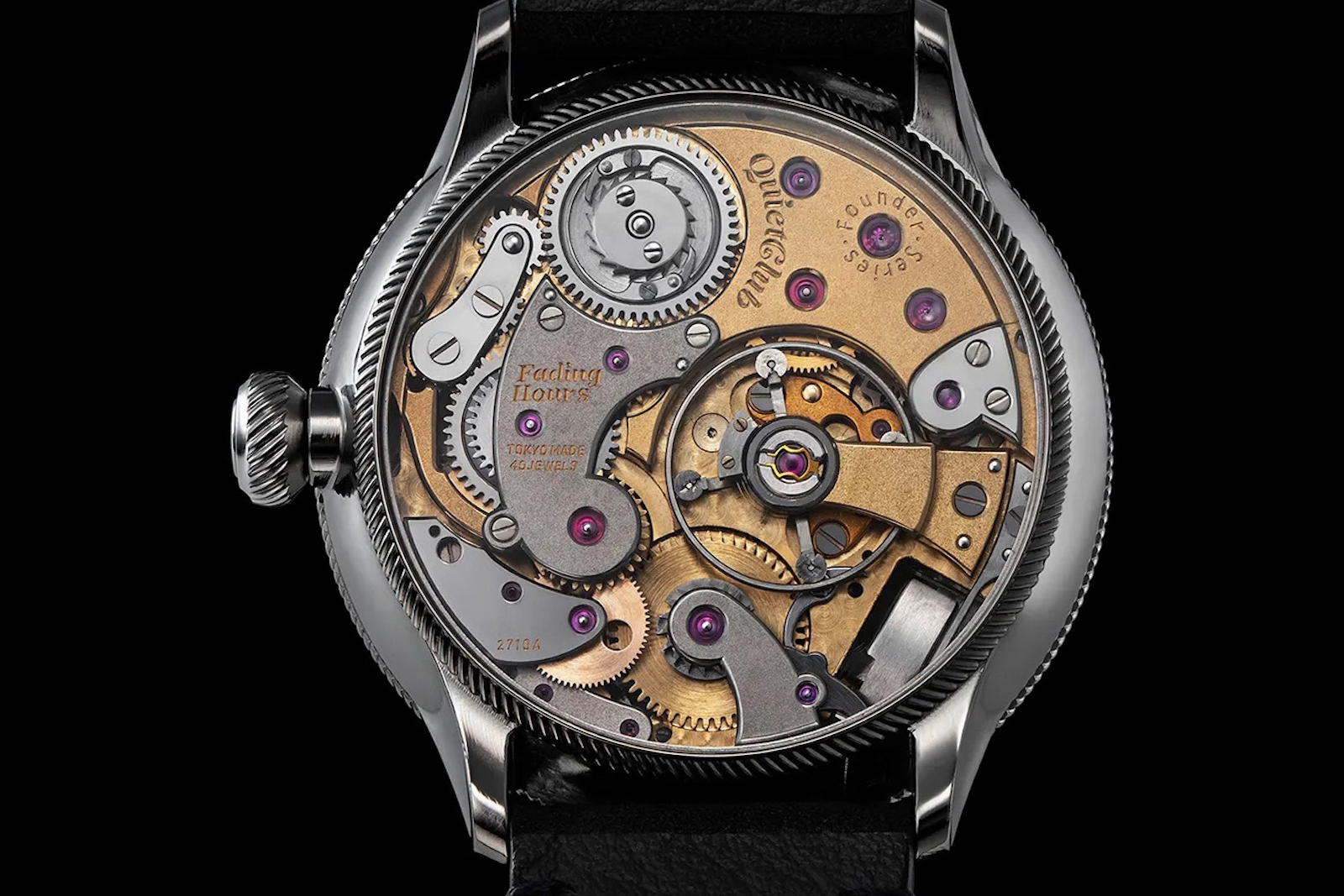
The novel movement of the Fading Hours. Image – Louis Vuitton
Coincidentally, the Fading Hours and the story of its creator have a lot in common with the entry from Alexander Hazemann and Victor Monnin, who won the F.P. Journe Young Talent Competition in 2023 with their own take on the hour-striker complication.
Available in two distinct liveries, one open-worked and one with mineral stone dials, the Hazemann & Monnin School Watch features a jumping hour display and an exposed sonnerie au passage mechanism on the dial side.
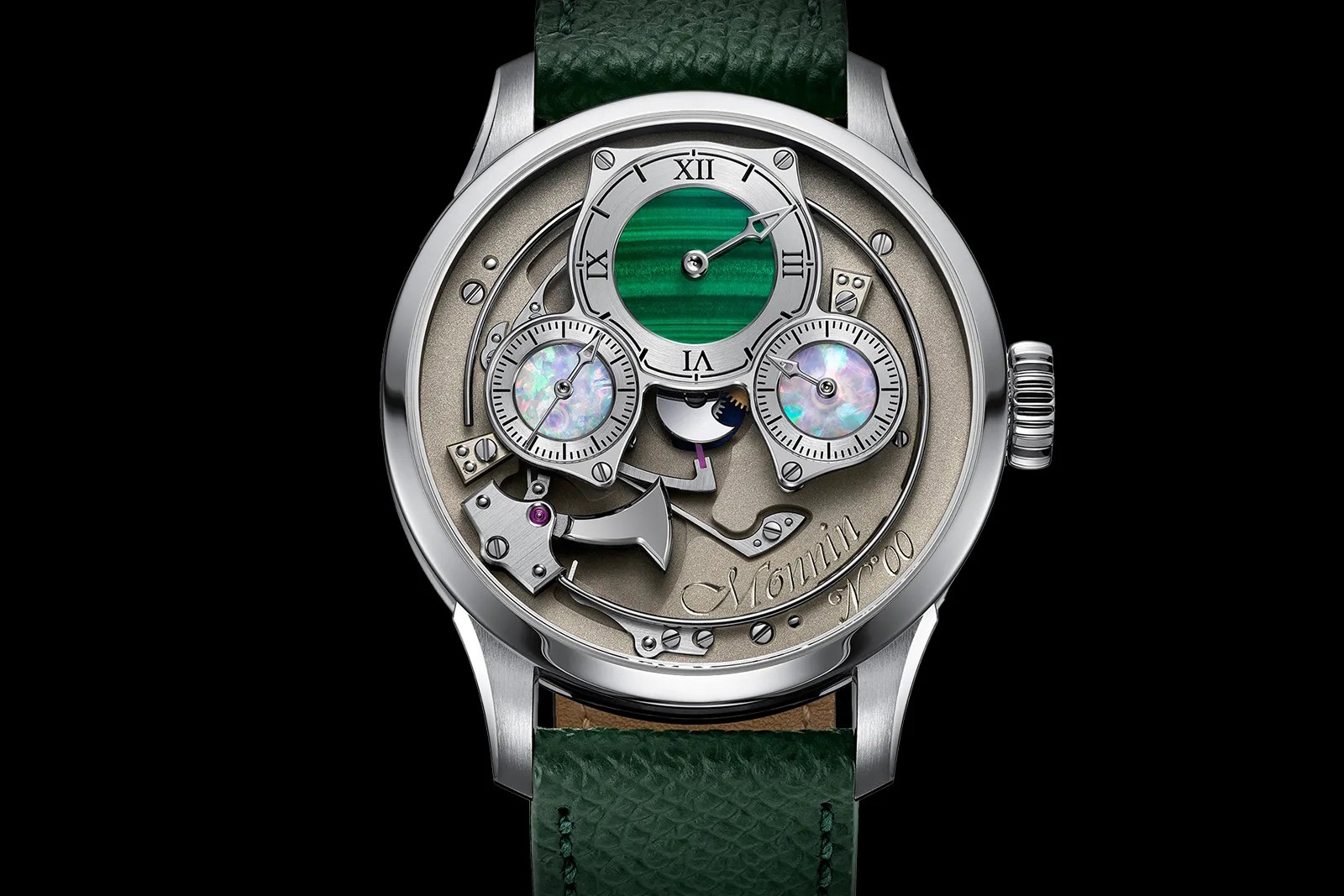
The Hazemann & Monnin School Watch. Image – Louis Vuitton
Another unusual twist on a common complication is the St. Petersburg Easter Egg Tourbillon Clock from Anton Suhanov. The only clock to make it to the semi-final round (last time there were three), the Egg features a high-speed 24-second tourbillon and a world time indictor that shows the time in each of the 24 major time zones.
The body of the Egg is crafted from silver, and has been given an attractive enamelled guilloche treatment reminiscent of the work of Carl Fabergé. Like Mr Suhanov’s previous clocks, the balance wheel features luminescent inserts that give the Egg a lively appearance in low-light conditions.

The St. Petersburg Easter Egg Tourbillon Clock from Anton Suhanov. Image – Louis Vuitton
Complete list of semi-finalists
- St. Petersburg Easter Egg Tourbillon Clock – Anton Suhanov
- Resurgence – JN Shapiro
- Giverny “Blue Train” – Auffret Paris
- DC6 Titanium – David Candaux
- CIC 39mm Racing Green – Lederer
- Fam Al Hut – Mobiüs
- Hazemann & Monnin School Watch – Hazemann & Monnin
- Einser Central Seconds “Hong Kong Edition” – Kallinich Claeys
- Essentiel – Fabian Pellet
- Kudoke 5 – Kudoke
- Kung Fu – Behrens
- Fading Hours – Quiet Club
- Series Two – Reuben Schoots
- Face Of Tasaki “Black Mother Of Pearl” – Tasaki
- Beauties Of Nature – Daizoh Makihara
- Sohkoku – Masa & Co.
- Ventrallis – Mgraver
- RD002 – Mineroci
- Seconde Morte – Petermann Bédat
- The Tremblage Dial – Winnerl
Finalists will be announced in November
The next stage of the contest takes place in November, when five finalists will be announced. From there, a subset of the selection committee will choose the winner, which will be announced in February 2026.
For more information, visit Louisvuittonwatchprize.com.
Back to top.

